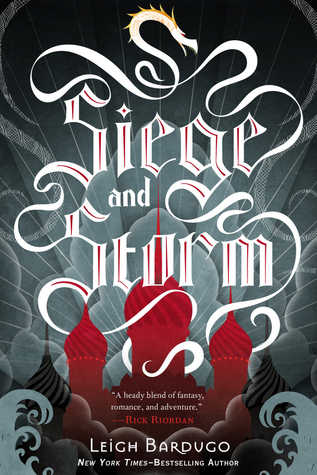| Photo credit: life is good (pete) on Flickr |
So here we are! A summary of 2013’s awesomeness in terms of writerly goodness.
Top 5 Most Popular Posts (On Writability)
As always, calculated with blogger’s page view counts, here are Writability’s top five most popular posts:
- Why Write Blog Posts Consistently?
- Do You Listen to Music While Writing?
- Writers: Start Acting Like Professionals
- Pirating Books: It’s Not a Harmless Download
- Tumblr for Writers
Top 5 Most Active Commenters
As explained two years ago, I use Disqus’s handy widget on my sidebar to keep track of how many comments every commenter makes. The system isn’t perfect and only keeps track of accounts, so if you comment on multiple accounts, it thinks you’re more than one person, but at any rate, these five awesome readers are the most active commenters of the Writability community—thank you!
Note: Those with asterisks were on the top five list last year, too. Double thank you!
Top 5 Favorite Tumblr Blogs of the Year
I’ve really grown to love tumblr. And if you love tumblr too, or give tumblr a try this year, make sure you’re following these five wonderful tumblr blogs:
- Jealous of Jetpacks (Beth Revis’s tumblr blog)
- YA Highway
- The Writing Café
- It’s a Writer Thing
- New Leaf Literary & Media, Inc.’s tumblr blog
Top 5 Favorite Writing Blogs of the Year
If you’re here, I already know you like reading writing blogs, so I think you’ll like these too. Because these are my favorite writing blogs of the year:
- Writers Helping Writers
- The Write Practice
- Chasingthecrazies (Amy Trueblood’s blog)
- Miss Snark’s First Victim
- YA Highway
Top 5 Favorite Favorite Twitter Accounts
Twitter is basically my favorite thing ever. And these Twitter accounts are awesome:
- Brenda Drake
Brenda is wonderful not only because she’s a genuinely nice person, but because she frequently runs contests and pitchfests for writers. If you want to keep up to date with contests for writers going on, definitely follow her. - Janice Hardy and Elizabeth S. Craig
Janice and Elizabeth consistently share great posts for writers. Definitely recommended for a daily dose of insightful posts. - Pub(lishing) Crawl
Another great Twitter for writers! They tweet and retweet posts, tweets and information for writers from all around the Twittersphere. - Professor Snape
And this one has nothing to do with writers at all, but if you’re a Harry Potter fan, you’ll love Snape’s joyful tweets. Like this one:
This week feels longer than Harry Potter and the Order of the Phoenix.
— Professor Snape (@_Snape_) November 14, 2013 - Tahereh Mafi
Simply because she’s hysterical, writes awesome books and is yet another genuinely super nice person.
So those are my top fives of 2013—do you have any favorites of the year you'd like to share?
Hope everyone has a wonderful New Year!
Twitter-sized bite:
Writer @Ava_Jae shares her top fives of 2013—what are some of your favorite writing resources of the year? (Click to tweet)












